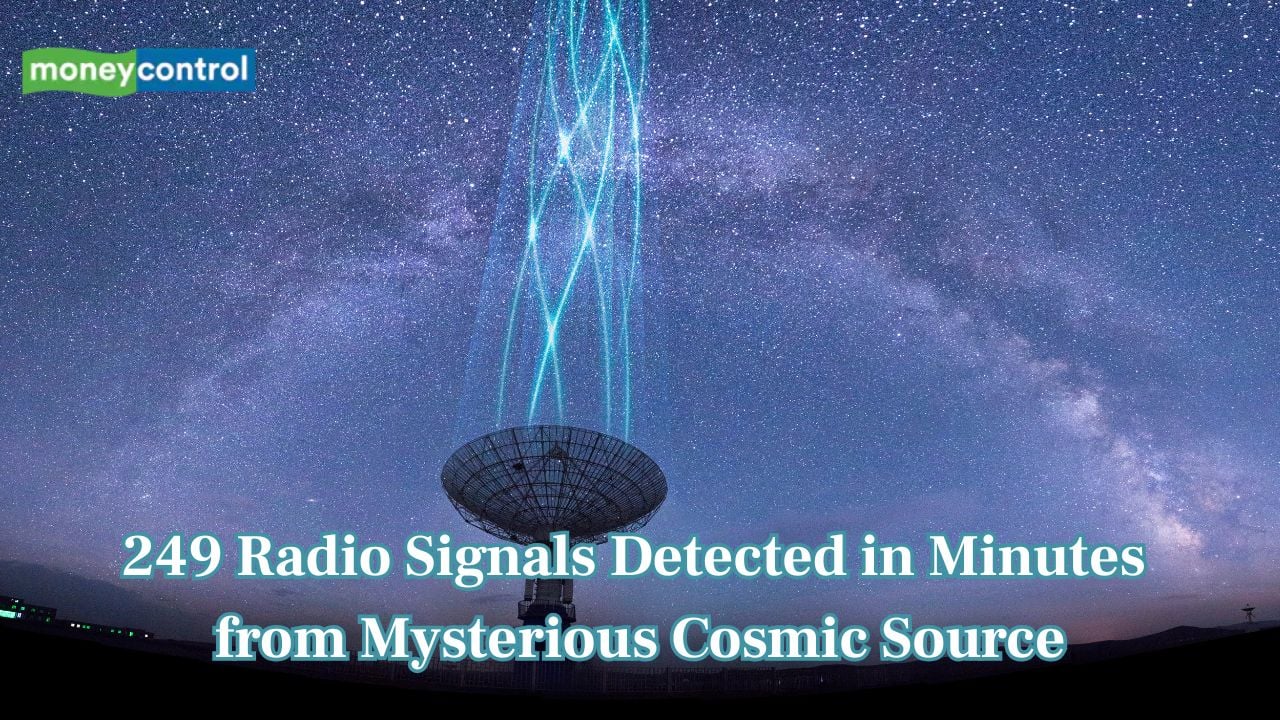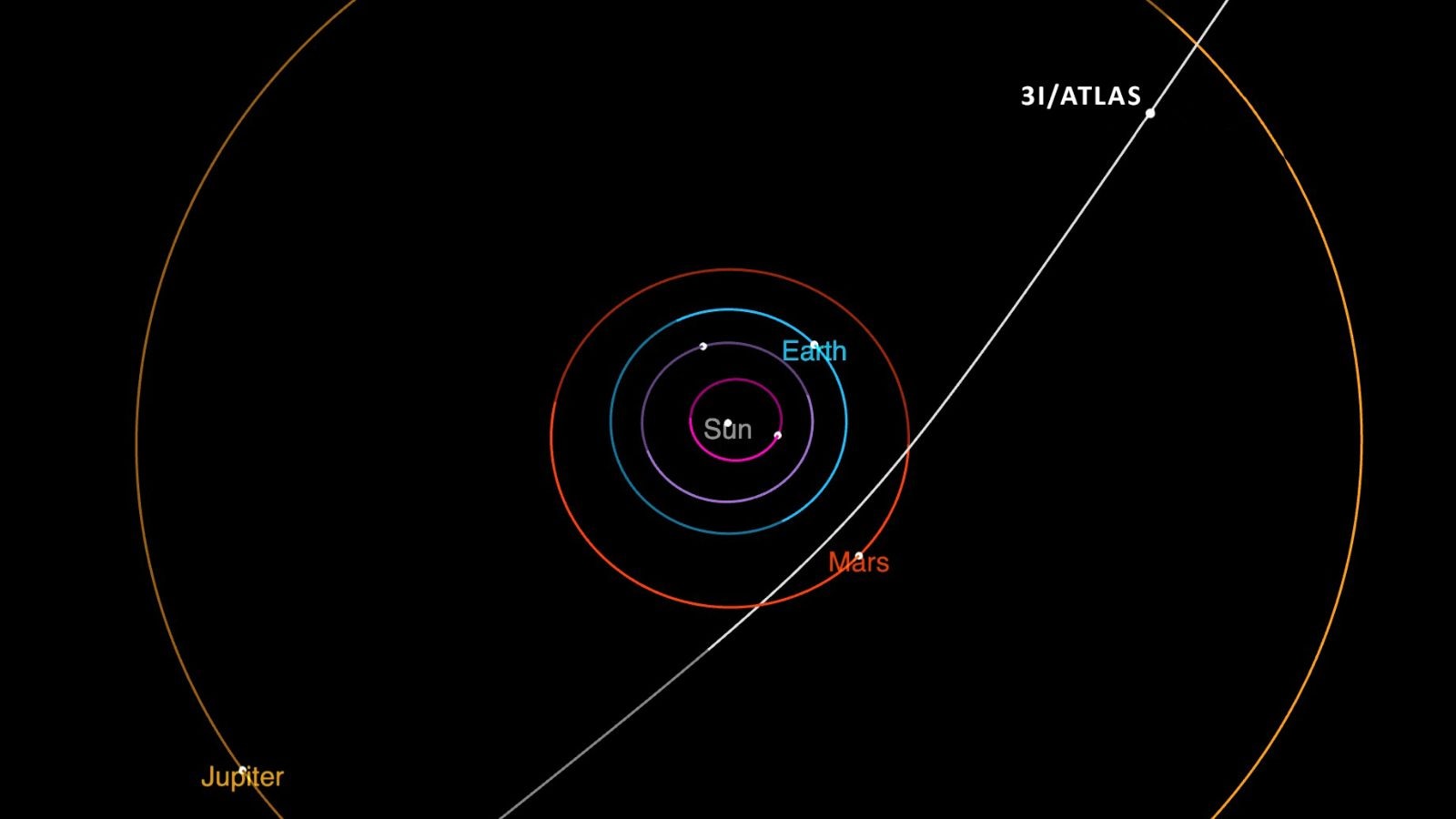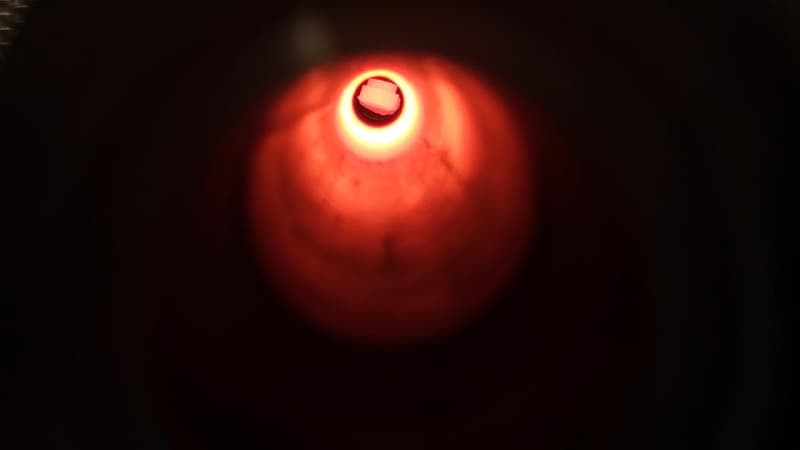China Achieves Historic Daytime Laser Communication with the Moon

In a groundbreaking achievement for space exploration, China has successfully launched a precision laser from Earth, reaching the Moon and returning, all while in broad daylight. This remarkable feat was accomplished by the Deep Space Exploration Laboratory (DSEL), marking the first successful Earth-to-Moon laser-ranging shot conducted in daylight, setting a new benchmark in the field of lunar navigation and communications.
The journey spanned an impressive distance of 80,778 miles (130,000 kilometers), showcasing both the capabilities of modern technology and China's growing ambitions in space. This development is expected to significantly bolster China's plans for future deep-space missions, including lunar exploration. The state-operated Xinhua News Agency emphasized that this achievement is not only a technical triumph but also a critical step toward China's goal of establishing robust lunar navigation and communication systems, especially in light of their aspirations for a crewed Moon landing by the year 2030.
The advancement of laser-ranging technology is particularly noteworthy. Traditionally, this technology has been revered for its precision, allowing for measurements accurate to within centimeters, which is crucial for locating satellite orbits. Up until now, however, this technique was limited to nighttime operations due to the challenges posed by solar glare. During the two-day experiment conducted on April 26-27, 2025, DSEL successfully targeted the Tiandu-1 satellite, which was positioned about one-third of the way to the Moon. This marked a significant leap forward in space technology, paving the way for continuous data collection and orbital measurements even during daylight hours.




























